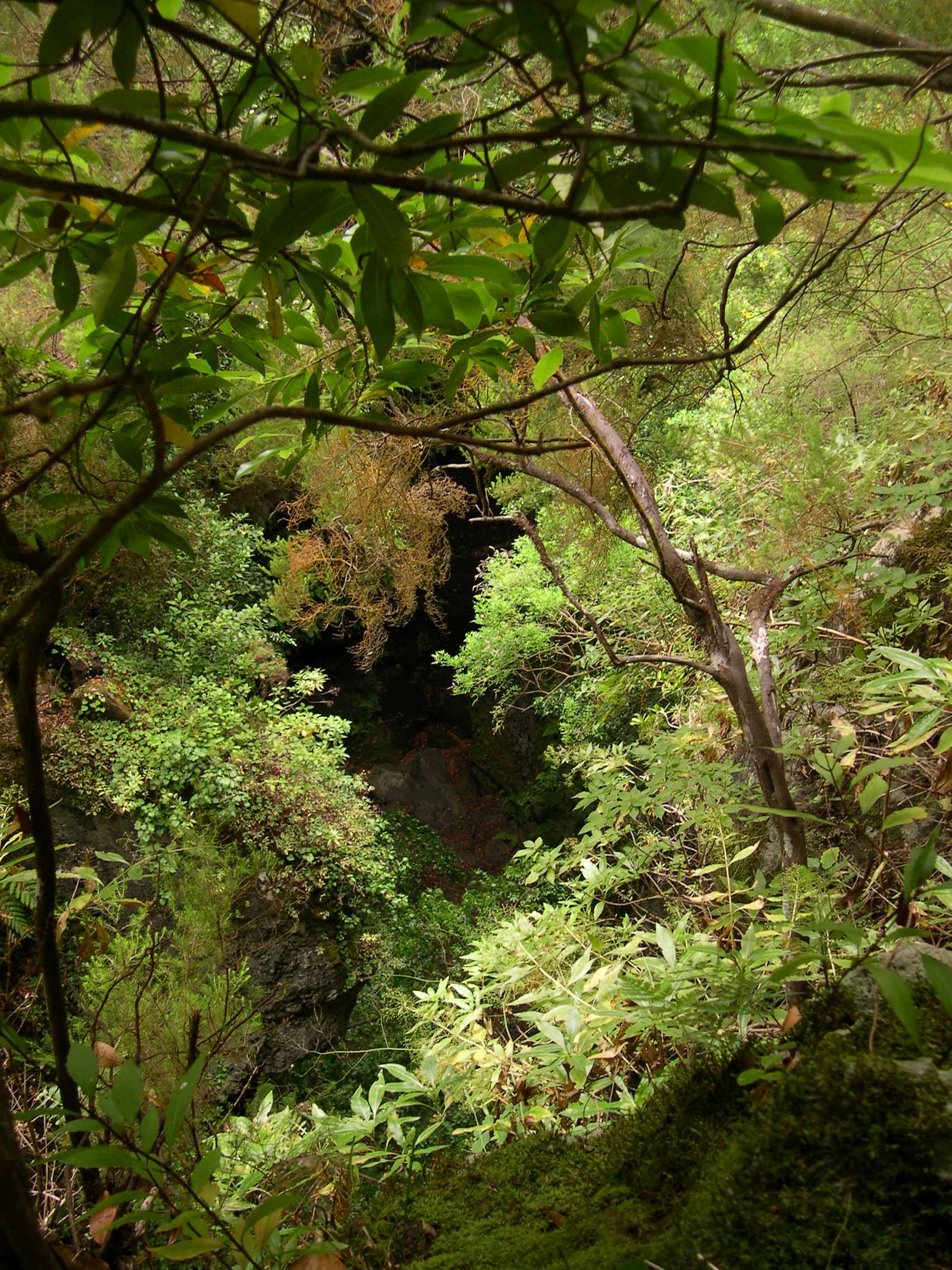- Laurus
taxobox
name = "Laurus"
image_caption = "Laurus novocanariensis" forest, Los Tilos,La Palma
regnum =Plant ae
unranked_divisio =Angiosperm s
unranked_classis =Magnoliid s
ordo =Laurales
familia =Lauraceae
genus = "Laurus"
genus_authority = L.
subdivision_ranks = Species
subdivision = "Laurus azorica " Azores Laurel "Laurus nobilis "Bay Laurel "Laurus novocanariensis " Madeira and Canary Laurel|:"This article is about the Laurus tree. For information on the church hierarch, see "Metropolitan Laurus "."Laurus" is a genus of
evergreen tree s belonging to the Laurel family,Lauraceae . The genus includes three species, whose diagnostic key characters often overlap (Mabberley 1997).*"
Laurus azorica " (Seub.) Franco, syn. "L. canariensis" Webb & Berth. Known as Azores Laurel, or by the Portuguese names "Louro, Loureiro, Louro-da-terra", and "Louro-de-cheiro", is native to thelaurisilva forests of theAzores .
*"Laurus nobilis " L., known commonly asBay Laurel , True Laurel, Sweet Bay, Grecian Laurel, or simply Laurel, is the source of the spiceBay leaf . It was also the source of theLaurel wreath of ancientGreece . It is distributed across theMediterranean region fromSpain toGreece .
*"Laurus novocanariensis " Rivas Mart., Lousã, Fern. Prieto, E.Díaz, J.C. Costa & C. Aguiar, formerly included in "L.azorica", and also known as the same portuguese names as "L. azorica", is native to thelaurisilva forests ofMadeira Islands andCanary Islands , and also locally inMorocco .Fossils dating from before the
ice age s show that species of "Laurus" were formerly distributed more widely around the Mediterranean andNorth Africa , when the climate was more humid and mild than at present. It is currently thought that the drying of the Mediterranean basin during the ice ages caused "Laurus" to retreat to the mildest climate refuges, including southernSpain ,Portugal and theMacaronesia n islands. With the end of the last ice age, "L. nobilis" recovered some of its former range around the Mediterranean.A recent study found that native stands classified as "L. nobilis" in northern Spain shared greater genetic and morphological similarity to "L. azorica" than to populations of "L. nobilis" native to
France andItaly [Arroyo-Garcia et al 2001] .References
*Arroyo-García, R., Martínez-Zapater, J.M., Fernández Prieto, J.A., & Álvarez-Arbesú R. (2001). AFLP evaluation of genetic similarity among laurel populations. "Euphytica" 122 (1): 155-164.
*Barbero, M., Benabid, A., Peyre, C. & Quezel, P. (1981). Sur la presence au Maroc de "Laurus azorica" (Seub.) Franco. "Anales Jard. Bot. Madrid" 37 (2): 467-472. Available [http://www.rjb.csic.es/pdfs/Anales_37(2)_467_472.pdf online] (pdf file; in French).
*Costa, J. C., Capelo, J., Jardim, R., Sequeira, M., (2004). Catálogo Florístico do Arquipélago da Madeira. "Quercetea" 6, 187-200.
*Mabberley, D.J (1997). The Plant Book: a Portable Dictionary of the Vascular Plants. Second edition, pp. 393-394.External links
* [http://www.horta.uac.pt/species/plantae/Laurus_azorica/Laurus_azorica.htm Photos of "L. azorica"]
Wikimedia Foundation. 2010.
